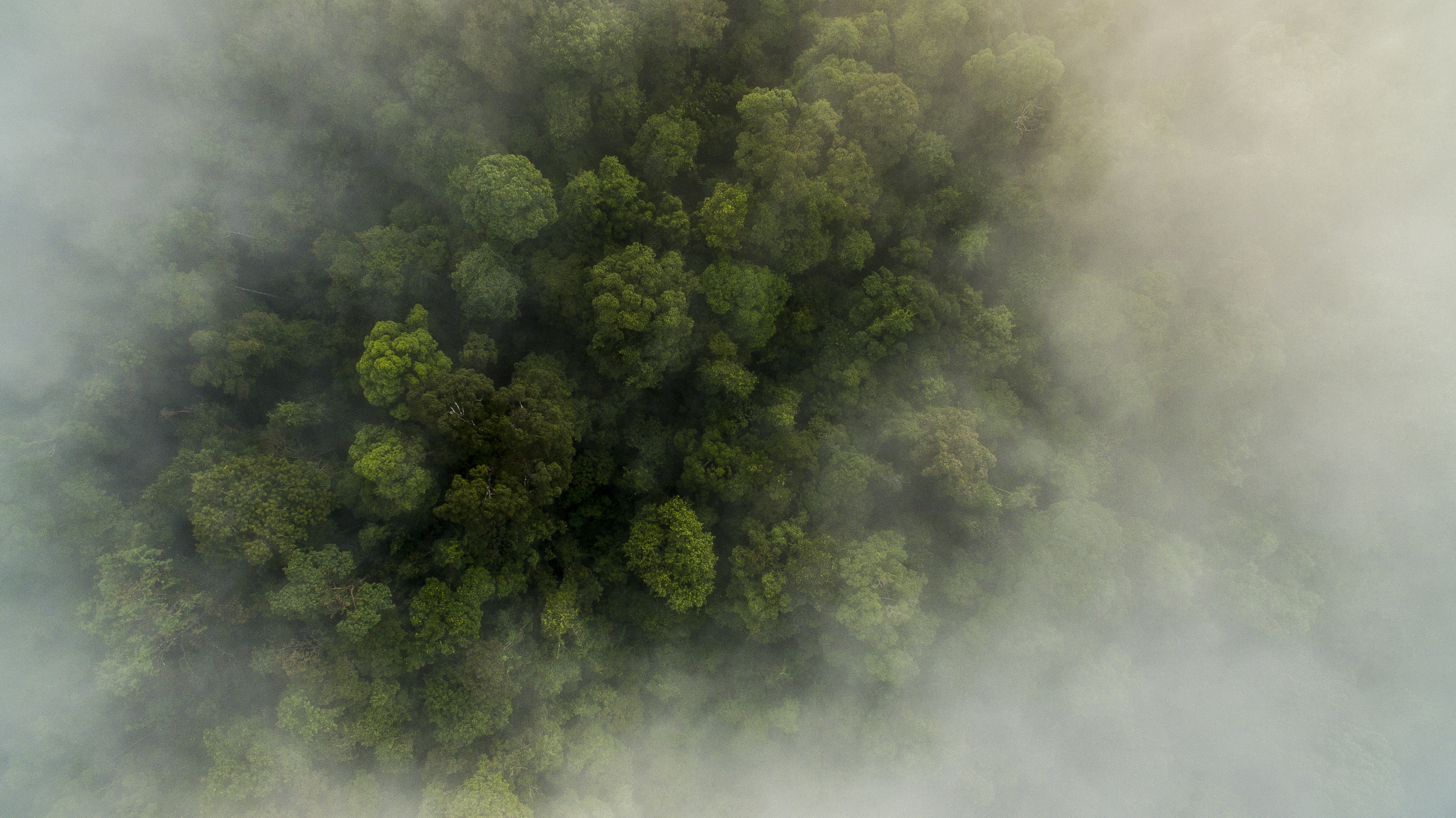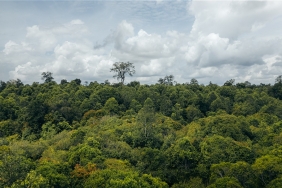THREE MAIN THREATS TO THE BUKIT TIGAPULUH NATIONAL PARK
By: Riyanti Dewi
Bukit Tigapuluh National Park, located in Riau Province and Jambi Province, has a unique ecosystem, based on its topography this area is categorized as a lowland tropical rainforest. Prior to its designation as a National park in 1995, Bukit Tigapuluh was two Protection Forests, namely Haposipin Protection Forest and Sengkati Protection Forest, both surrounded by active Limited Production Forest (HPH) areas.
Bukit Tigapuluh National Park has good forest and ecosystem conditions. It is the only remaining lowland forest area in central Sumatra. This area is also one of the vital areas for the preservation of important flora and fauna of Sumatra Island, such as tigers, elephants, and orangutans.
However, the buffer zone of the National Park is getting thinner, meaning that there is more and more access to the conservation area. There are three main threats that always stalk the sustainability of Bukit Tigapuluh National Park, namely illegal logging, land use change and also animal poaching.
Wild Logging
Although the number is very small, there are several locations that are prone to illegal logging, including the Telluk Keritang-Simpang Datai, Rantau Langsat Sungai Akar, Usul, Alim, Puntianai, Pemayungan, Suo-Suo and Semambu areas. Generally, timber thieves will cut the logs directly in the area, because there are not many ways to transport the logs. The former HPH road is the route for transporting timber out of the national park area. From the various arrests made by the Forest Police from the Bukit Tigapuluh National Park Center, the perpetrators of logging are generally people from outside the area.
Animal Poaching
One of the main targets of poaching in Bukit Tigapuluh National Park is the Sumatran Tiger. Poachers generally use steel rope snares, which are set in areas where the tiger passes. In addition to tigers, other animals that are often targeted are various types of birds, such as stone parrots and parrots.
Forest Encroachment
Encroachment or land use change that occurs within the Bukit Tigapuluh National Park area, is estimated to now reach 5-10% of the total area of the area. Generally used as garden areas, and oil palm plants.





